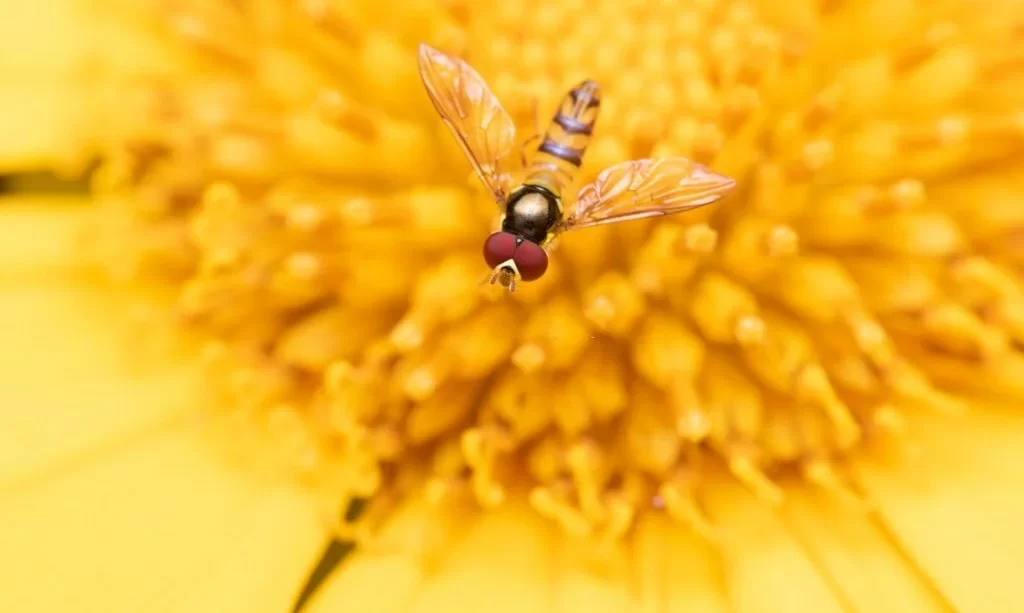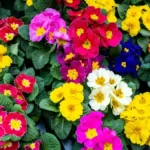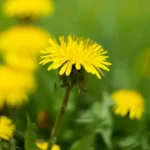Hover flies, also known as flower flies or syrphid flies, are common visitors to gardens, attracted by their colorful flowers and nectar. While these flies are valuable pollinators and natural pest controllers, sometimes their presence indoors or in large numbers can become an issue. In this comprehensive guide, we will explore effective strategies to get rid of hover flies. By understanding their behavior, taking preventative measures, and using practical solutions, you can manage and reduce hover fly infestations in your home and garden, ensuring a more comfortable and fly-free environment.
Identify Hover Flies
The first step in dealing with hover flies is to know them well. Here’s how to identify these beneficial insects:
- Physical Characteristics: Hover flies typically resemble small bees or wasps. They are often marked with distinctive patterns, and their wings are transparent.
- Flight Patterns: Unlike houseflies, hover flies have a unique hovering flight pattern. They seem to hover in mid-air, mimicking the behavior of bees.
- Life Cycle: Understanding the hover fly life cycle, which includes egg, larva, pupa, and adult stages, can help in devising effective control measures.
Preventative Measures
Preventing hover fly infestations is the ideal way to deal with these insects. Here are some practical measures to consider:
- Window and Door Screens: Install screens on doors and windows to prevent hover flies from entering your home.
- Sanitation: Maintain a clean and hygienic environment, particularly in the kitchen, to eliminate food sources that may attract hover flies.
- Seal Entry Points: Seal any gaps or cracks around doors, windows, and walls to prevent these insects from entering your living spaces.
By knowing how to recognize hover flies and taking preventative measures, you can reduce the chances of infestations and create an environment that is less attractive to these insects. This proactive approach sets the stage for effective hover fly control.
Natural Repellents and Deterrents
When dealing with hover flies, natural methods can be highly effective in deterring them from your living spaces. Here’s how to employ natural repellents and deterrents:
- Planting Insect-Repelling Herbs: Grow herbs like basil, mint, or lavender around windows and entry points. These plants emit scents that are known to repel hover flies and other flying insects.
- Essential Oils: Essential oils like citronella, eucalyptus, or lavender can be used to create a natural repellent spray. Mix a few drops of these oils with water and use a spray bottle to apply the solution around potential entry points.
- Fly Traps: Consider placing fly traps or sticky tapes near windows or light sources. These traps can attract and capture hover flies, reducing their presence indoors.
Homemade Remedies
Homemade remedies can be effective in managing hover flies. Here are a few DIY solutions to consider:
- Vinegar and Dish Soap Trap: Create a simple trap by filling a container with a mixture of vinegar and a few drops of dish soap. The vinegar attracts hover flies, and the dish soap disrupts the surface tension, causing them to drown.
- Sugar and Dish Soap Trap: Similarly, you can create a sweet lure by combining sugar and water, adding a few drops of dish soap. The solution attracts and traps hover flies.
- Homemade Flypaper or Flytraps: Craft your own flypaper using sticky tape coated with a mixture of honey and sugar. Alternatively, create a funnel trap by rolling a piece of paper into a cone shape and placing it over a jar with a sweet lure inside.
Commercial Products
In addition to natural and homemade remedies, commercial fly control products can also aid in managing hover flies. Here’s how to use these products:
- Fly Sprays: Commercial fly sprays are readily available and can be used to directly target hover flies. Follow the instructions on the product label for safe and effective use.
- Fly Traps: Various types of fly traps, such as electric zappers or sticky traps, can be purchased. These are designed to attract and capture flying insects, including hover flies.
- Electronic Fly Zappers: Electric fly zappers are efficient in dealing with hover flies. These devices attract the flies with ultraviolet light and electrocute them upon contact.
Remember to use commercial products according to their instructions to ensure safety and effectiveness. A combination of natural, homemade, and commercial solutions can help you manage and reduce hover fly infestations in your home and garden effectively.
Elimination and Extermination
When it becomes necessary to take more assertive steps in dealing with hover flies, elimination and extermination methods come into play. Here’s how to go about it:
- Remove Breeding Sites: Hover flies often lay their eggs near decaying organic matter. Identify and eliminate such breeding sites in and around your home or garden. Proper waste management and sanitation can prevent the development of hover fly larvae.
- Sanitation: Keep areas where hover flies congregate, such as trash cans or compost bins, clean and sanitized. Regularly empty and clean these containers to remove potential attractants.
- Indoor Management: If hover flies have found their way indoors, use a vacuum cleaner to capture and remove adult flies. Ensure you empty the vacuum bag or canister promptly to prevent re-infestation.
Seek Professional Help
In some cases, dealing with hover flies may require the expertise of pest control professionals. Here are instances when professional help is advisable:
- Severe or Persistent Infestations: If your hover fly infestation is severe or persists despite your efforts, professionals can assess the situation and implement more advanced control measures.
- Hidden Access Points: If you suspect that hover flies are entering your home through hidden access points, professionals can conduct a thorough inspection to identify and seal these openings.
- Long-Term Prevention: Pest control experts can provide guidance on long-term prevention strategies to reduce the risk of future hover fly infestations.
Conclusion
Managing and eliminating hover flies is achievable through a combination of preventative measures, natural repellents, homemade remedies, and, when necessary, commercial products. Understanding hover fly behavior, taking steps to deter them naturally, and implementing homemade solutions can often resolve smaller infestations.
However, if infestations persist or become severe, or if hidden entry points are suspected, professional assistance is a wise choice. Regardless of the approach you take, addressing hover fly problems promptly will help you create a more comfortable and fly-free environment in your home and garden. By implementing these strategies, you can strike a balance between protecting your living spaces and recognizing the ecological value of these beneficial insects in outdoor environments.




